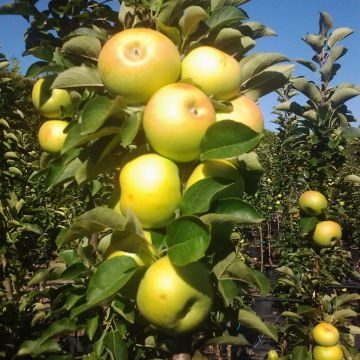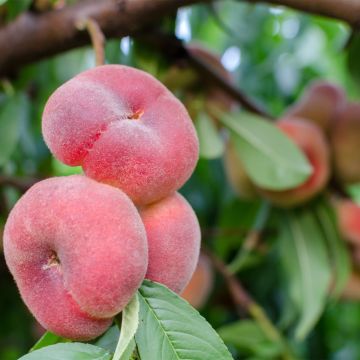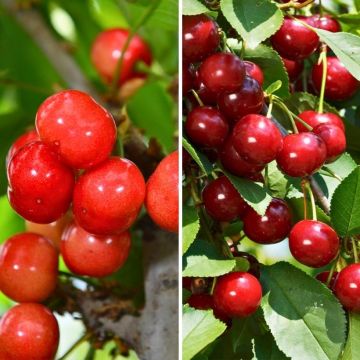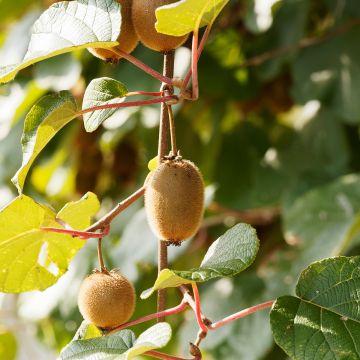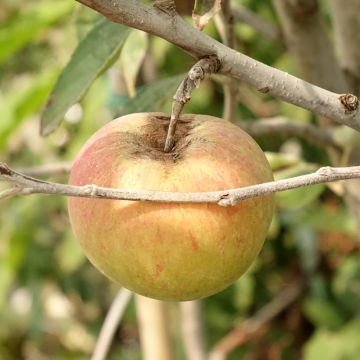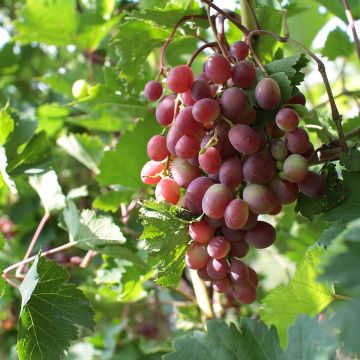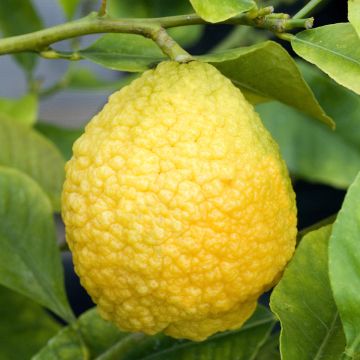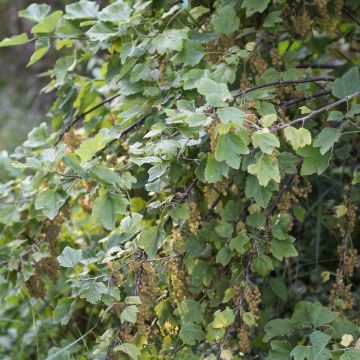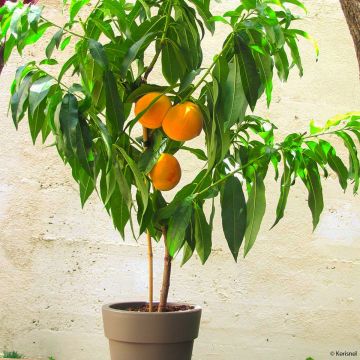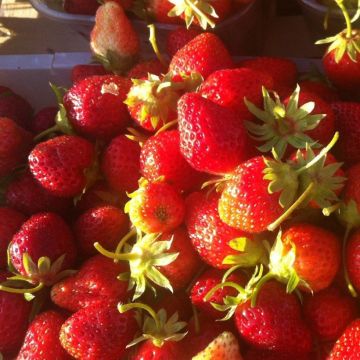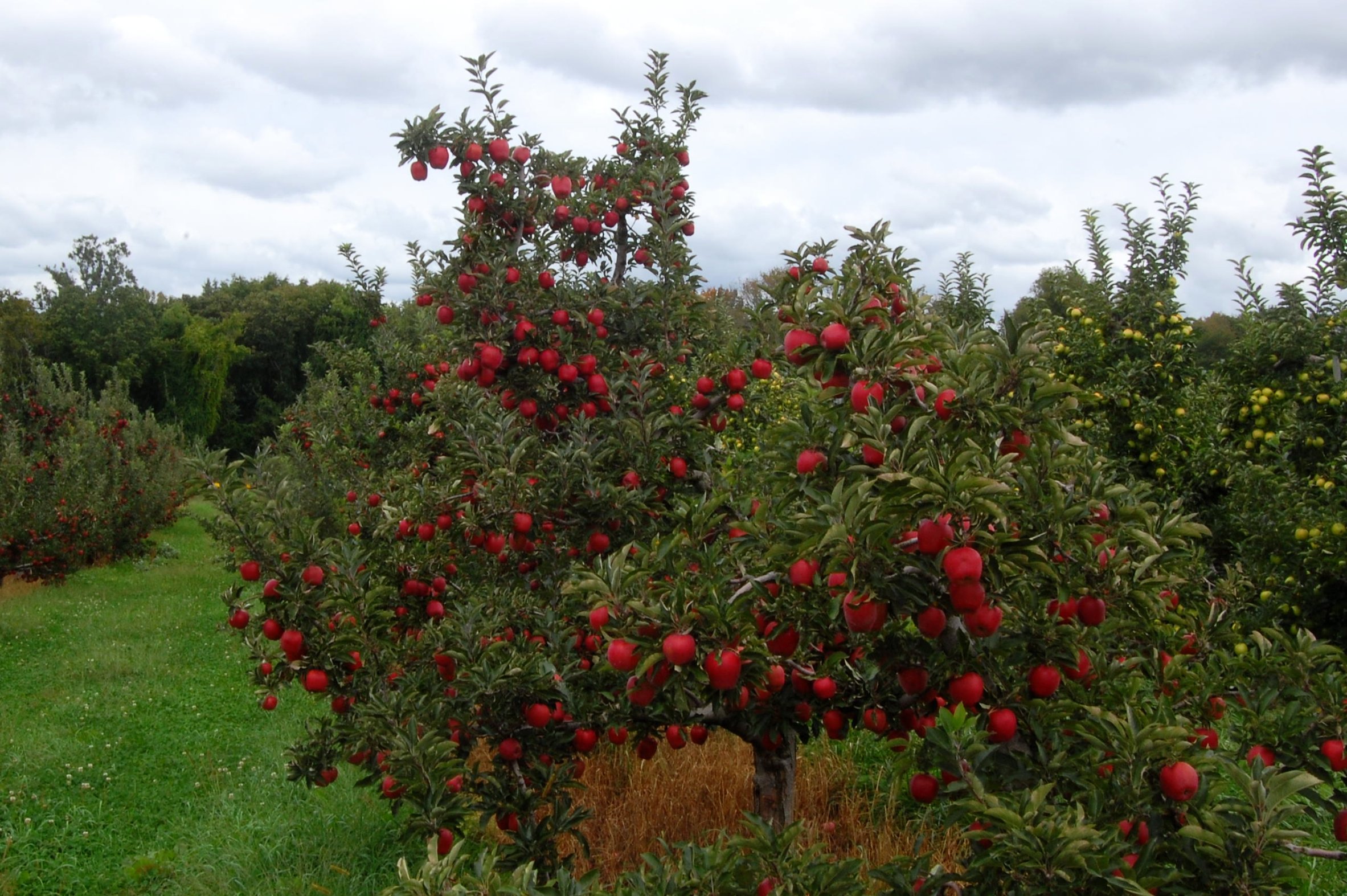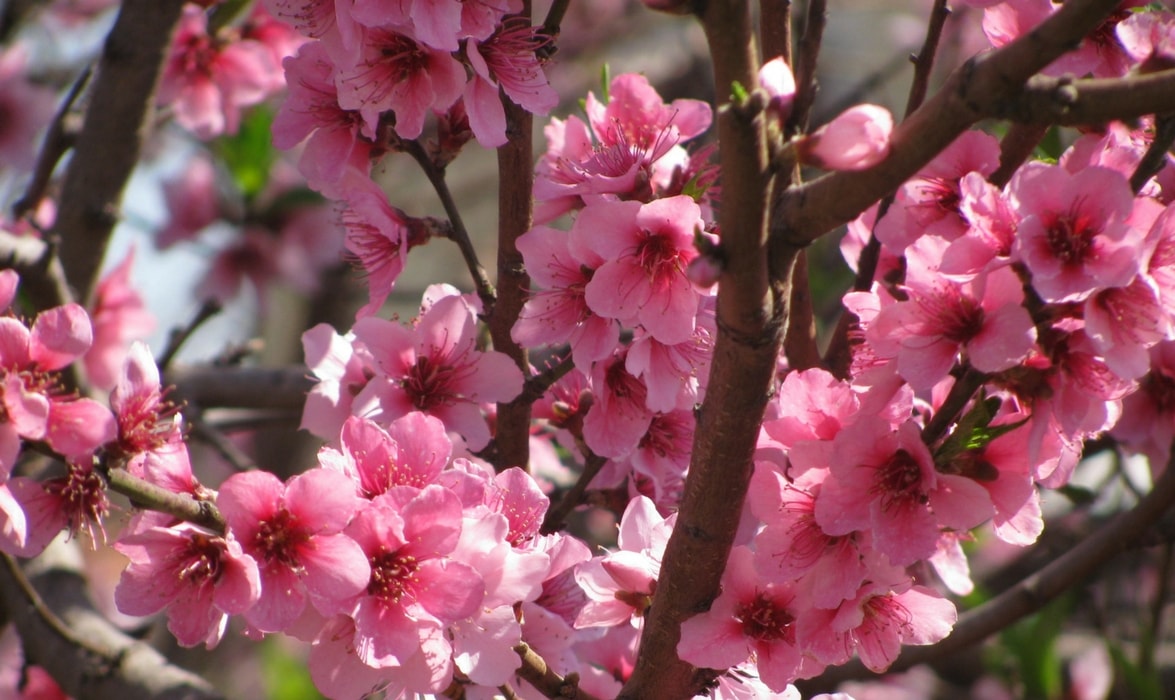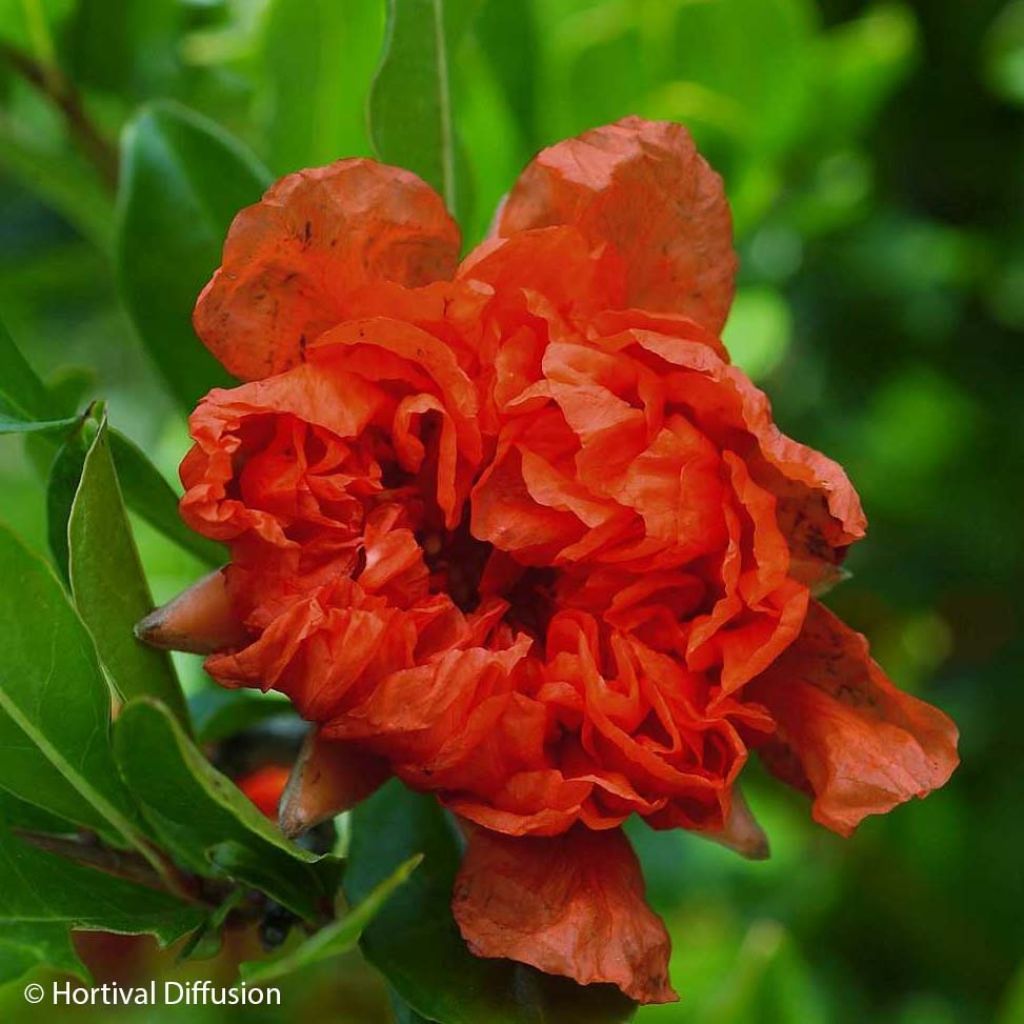

Punica granatum f. plena - pomegranate
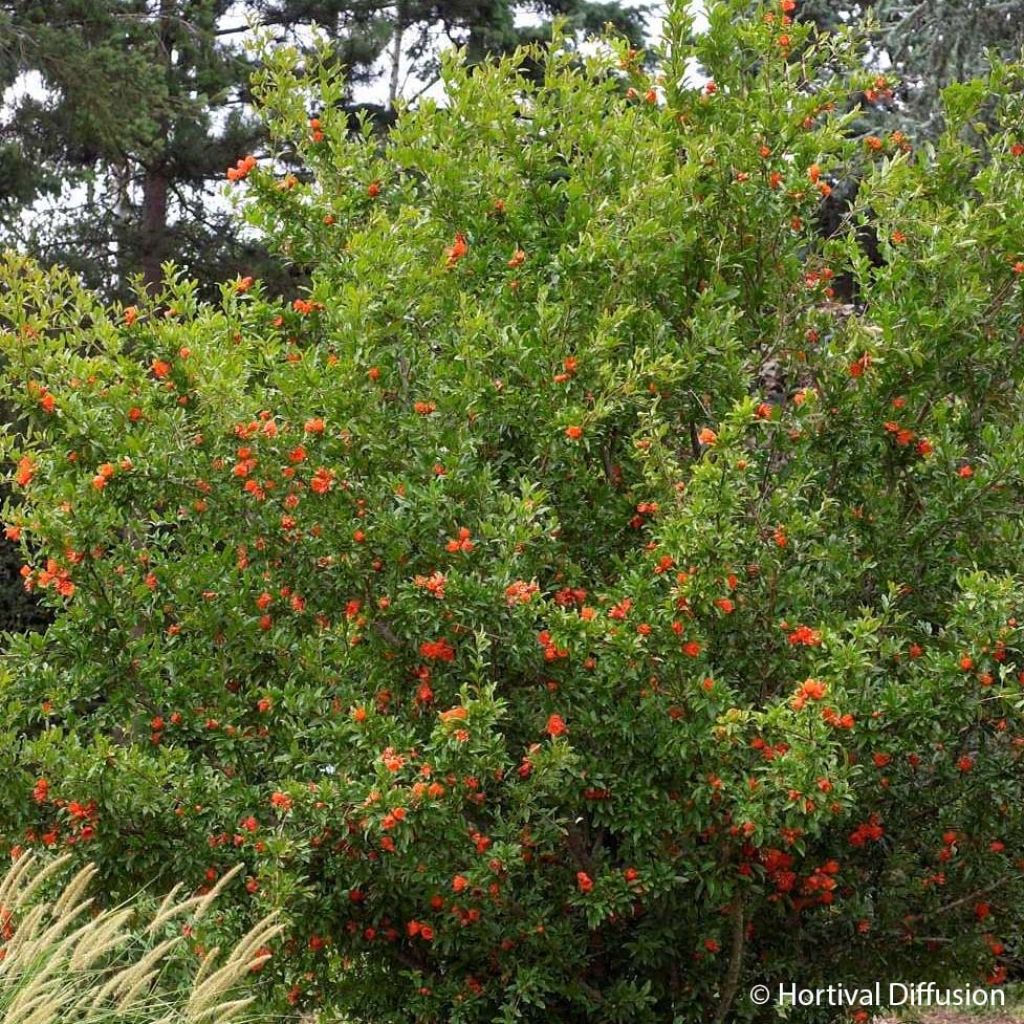

Punica granatum f. plena - pomegranate
Punica granatum f. plena - pomegranate
Punica granatum Plena
Flowering pomegranate
Received in good condition. It seems to have taken well: the first leaves are appearing. I can't wait to see its flowers.
Monique, 23/04/2025
Special offer!
Receive a €20 voucher for any order over €90 (excluding delivery costs, credit notes, and plastic-free options)!
1- Add your favorite plants to your cart.
2- Once you have reached €90, confirm your order (you can even choose the delivery date!).
3- As soon as your order is shipped, you will receive an email containing your voucher code, valid for 3 months (90 days).
Your voucher is unique and can only be used once, for any order with a minimum value of €20, excluding delivery costs.
Can be combined with other current offers, non-divisible and non-refundable.
Home or relay delivery (depending on size and destination)
Schedule delivery date,
and select date in basket
This plant carries a 24 months recovery warranty
More information
We guarantee the quality of our plants for a full growing cycle, and will replace at our expense any plant that fails to recover under normal climatic and planting conditions.

Does this plant fit my garden?
Set up your Plantfit profile →
Description
Punica granatum f. plena is a particularly ornamental flowering pomegranate bush, with a long summer flowering period of vibrant red flowers, beautifully complemented by its bright green foliage. Its double, crumpled flowers never produce fruits. However, this is unimportant considering the generosity of the bush and its true adaptability. If protected during its early years, the plant will become a robust bush, indifferent to summer drought and hardier than one might think. It is an excellent plant for a flowering hedge or shrub border. The flowering pomegranate bush is also charming when planted as a standalone specimen.
The origins of the pomegranate bush are believed to be in a vast region that covers southeastern Europe and extends eastwards to the Himalayas. This deciduous tree, belonging to the Lythraceae family, is related to the Indian Lilac but also to the Purple Loosestrife (Lythrum salicaria), which is widespread near our waterways. It has been cultivated since ancient times for its fruits and magnificent flowers.
The 'plena' form, like all double-flowered pomegranate cultivars, does not produce fruits but offers beautiful double flowers. It naturally forms a cluster of slightly thorny branches when young, showing relatively rapid growth until it reaches maturity at around 5 years. The adult plant develops at a much slower pace, eventually forming a small tree about 3m (10ft) tall and 2.5m (8ft) wide, with a slightly spreading and rounded habit, more upright than fruiting varieties. From a clump, it becomes a tree with a twisted trunk, reminiscent of olive trees. Flowering occurs from June to September. The flowers consist of numerous crumpled petals emerging from a thick, waxy-textured calyx that resembles a pomegranate but will fall without forming fruit. They are intensely vermilion red under the summer sun, in perfect chromatic harmony with the intense, vibrant, and shiny green foliage. The deciduous foliage consists of small, oval and elongated, thick, shiny, bright green leaves. They emerge coppery in spring and turn yellow before falling in autumn.
The plena pomegranate is a magnificent plant as a standalone specimen in all regions where temperatures are not likely to drop below -15°C. It will, of course, thrive without any problems wherever olive trees and fig trees manage to survive against a south-facing wall. However, it still requires warmth and summer sun to flower abundantly. It can be used as a hedge, either regularly pruned or not, alongside evergreen ceanothus (in mild climates), strawberry trees, or large shrub roses (Rosa complicata, Rosa glauca, Ghislaine de Feligonde, etc.).
The city of Granada, a crossroads of Arab and Andalusian civilizations located in southern Spain, owes its name to the presence of the pomegranate, brought by the Moors and abundantly planted in the mythical gardens of the Alhambra palace. This tree also thrived in the Hanging Gardens of Babylon, and the Romans, who discovered it in Carthage, named it the Apple of Carthage.
Report an error about the product description
Punica granatum f. plena - pomegranate in pictures
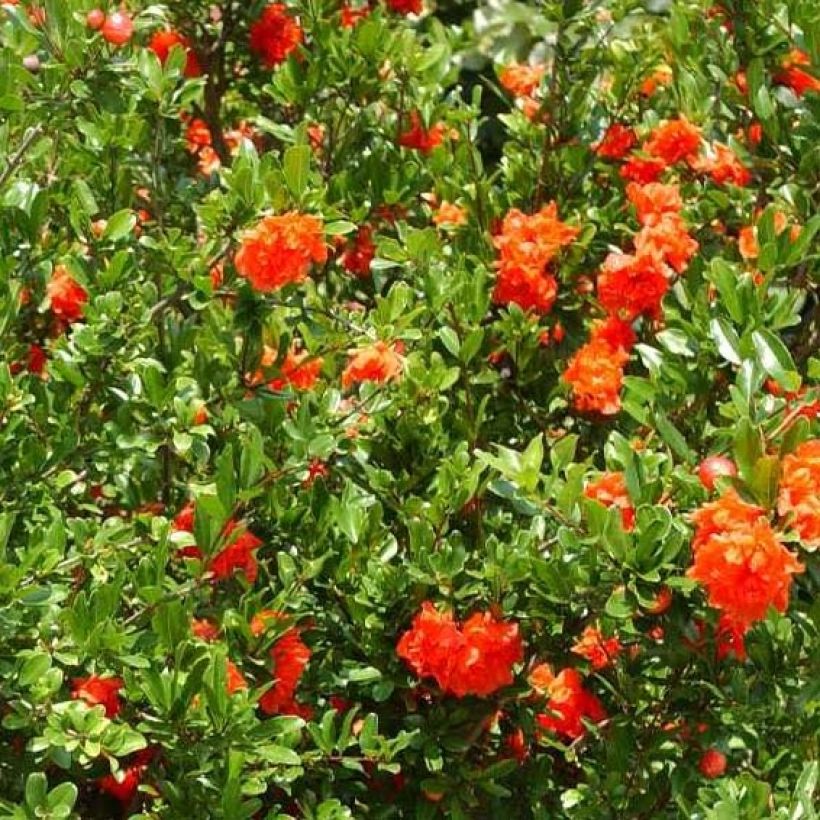

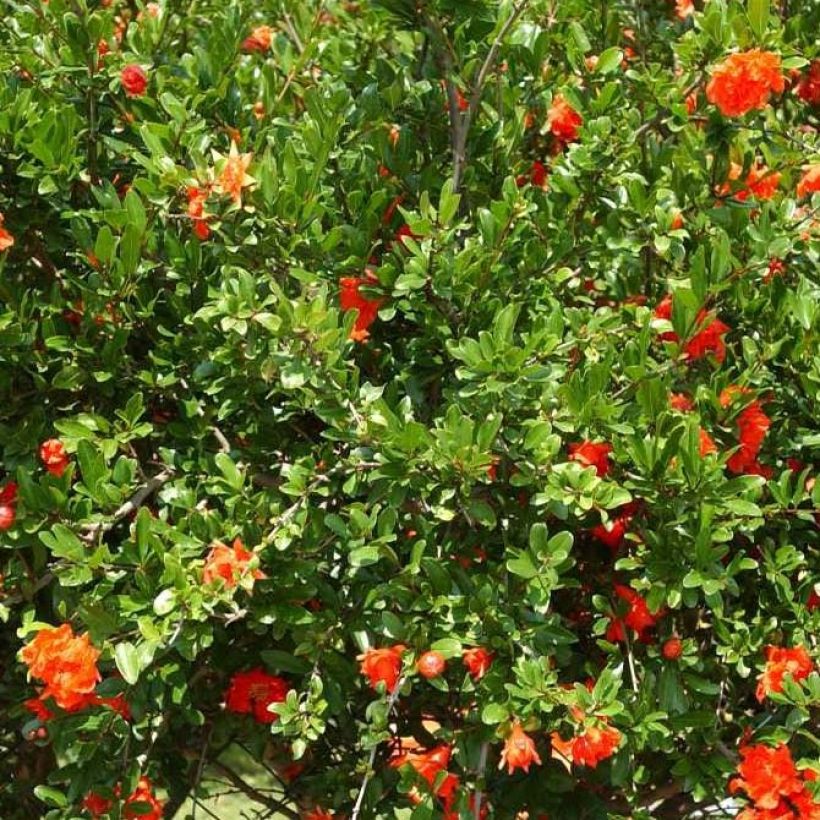

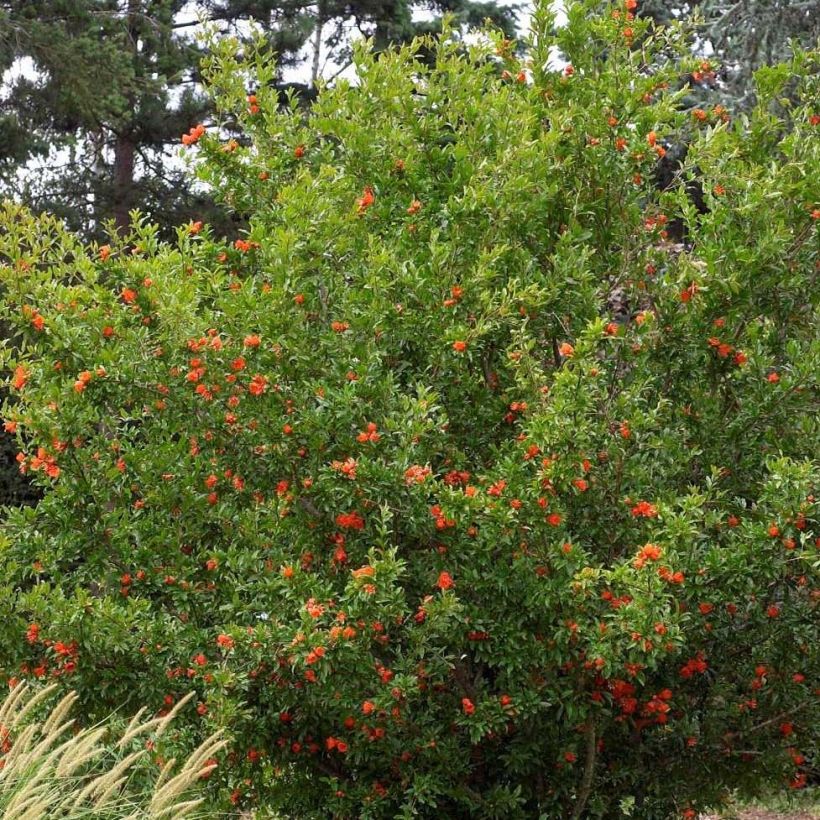

Plant habit
Flowering
Foliage
Botanical data
Punica
granatum
Plena
Lythraceae
Flowering pomegranate
Mediterranean
Other Fruit trees A to Z
View all →Planting and care
We recommend planting Punica granatum f. plena in spring, when there is no longer any risk of frost in cool regions, but in autumn in hot and dry climates. Place it in a very sunny and sheltered location, or partial shade in hot climates, in deep, loose, even chalky soil. While it withstands summer drought well and tolerates arid conditions, it will only reach its full potential and bloom abundantly in soil that is sufficiently moist at depth. It is resistant to sea spray. Monitor watering during the first two summers. It will appreciate the addition of compost and a thick layer of dead leaves, especially during the first two winters in cold regions. Pruning in early spring is not essential, but it can help to quickly form a small tree with a single trunk or beautifully carried by 3 or 4 trunks if you keep the most vigorous stem(s) in a young plant, and remove the others. In the following years, systematically remove the branches that grow on the small trunk(s) until the desired height is reached.
The pomegranate tree does not have any specific enemies; it is a very robust species. However, it can be infested with scale insects, in which case it will be necessary to treat it in winter.
Planting period
Intended location
Care
Planting & care advice
-
, onOrder confirmed
Reply from on Promesse de fleurs
Haven't found what you were looking for?
Hardiness is the lowest winter temperature a plant can endure without suffering serious damage or even dying. However, hardiness is affected by location (a sheltered area, such as a patio), protection (winter cover) and soil type (hardiness is improved by well-drained soil).

Photo Sharing Terms & Conditions
In order to encourage gardeners to interact and share their experiences, Promesse de fleurs offers various media enabling content to be uploaded onto its Site - in particular via the ‘Photo sharing’ module.
The User agrees to refrain from:
- Posting any content that is illegal, prejudicial, insulting, racist, inciteful to hatred, revisionist, contrary to public decency, that infringes on privacy or on the privacy rights of third parties, in particular the publicity rights of persons and goods, intellectual property rights, or the right to privacy.
- Submitting content on behalf of a third party;
- Impersonate the identity of a third party and/or publish any personal information about a third party;
In general, the User undertakes to refrain from any unethical behaviour.
All Content (in particular text, comments, files, images, photos, videos, creative works, etc.), which may be subject to property or intellectual property rights, image or other private rights, shall remain the property of the User, subject to the limited rights granted by the terms of the licence granted by Promesse de fleurs as stated below. Users are at liberty to publish or not to publish such Content on the Site, notably via the ‘Photo Sharing’ facility, and accept that this Content shall be made public and freely accessible, notably on the Internet.
Users further acknowledge, undertake to have ,and guarantee that they hold all necessary rights and permissions to publish such material on the Site, in particular with regard to the legislation in force pertaining to any privacy, property, intellectual property, image, or contractual rights, or rights of any other nature. By publishing such Content on the Site, Users acknowledge accepting full liability as publishers of the Content within the meaning of the law, and grant Promesse de fleurs, free of charge, an inclusive, worldwide licence for the said Content for the entire duration of its publication, including all reproduction, representation, up/downloading, displaying, performing, transmission, and storage rights.
Users also grant permission for their name to be linked to the Content and accept that this link may not always be made available.
By engaging in posting material, Users consent to their Content becoming automatically accessible on the Internet, in particular on other sites and/or blogs and/or web pages of the Promesse de fleurs site, including in particular social pages and the Promesse de fleurs catalogue.
Users may secure the removal of entrusted content free of charge by issuing a simple request via our contact form.
The flowering period indicated on our website applies to countries and regions located in USDA zone 8 (France, the United Kingdom, Ireland, the Netherlands, etc.)
It will vary according to where you live:
- In zones 9 to 10 (Italy, Spain, Greece, etc.), flowering will occur about 2 to 4 weeks earlier.
- In zones 6 to 7 (Germany, Poland, Slovenia, and lower mountainous regions), flowering will be delayed by 2 to 3 weeks.
- In zone 5 (Central Europe, Scandinavia), blooming will be delayed by 3 to 5 weeks.
In temperate climates, pruning of spring-flowering shrubs (forsythia, spireas, etc.) should be done just after flowering.
Pruning of summer-flowering shrubs (Indian Lilac, Perovskia, etc.) can be done in winter or spring.
In cold regions as well as with frost-sensitive plants, avoid pruning too early when severe frosts may still occur.
The planting period indicated on our website applies to countries and regions located in USDA zone 8 (France, United Kingdom, Ireland, Netherlands).
It will vary according to where you live:
- In Mediterranean zones (Marseille, Madrid, Milan, etc.), autumn and winter are the best planting periods.
- In continental zones (Strasbourg, Munich, Vienna, etc.), delay planting by 2 to 3 weeks in spring and bring it forward by 2 to 4 weeks in autumn.
- In mountainous regions (the Alps, Pyrenees, Carpathians, etc.), it is best to plant in late spring (May-June) or late summer (August-September).
The harvesting period indicated on our website applies to countries and regions in USDA zone 8 (France, England, Ireland, the Netherlands).
In colder areas (Scandinavia, Poland, Austria...) fruit and vegetable harvests are likely to be delayed by 3-4 weeks.
In warmer areas (Italy, Spain, Greece, etc.), harvesting will probably take place earlier, depending on weather conditions.
The sowing periods indicated on our website apply to countries and regions within USDA Zone 8 (France, UK, Ireland, Netherlands).
In colder areas (Scandinavia, Poland, Austria...), delay any outdoor sowing by 3-4 weeks, or sow under glass.
In warmer climes (Italy, Spain, Greece, etc.), bring outdoor sowing forward by a few weeks.






























